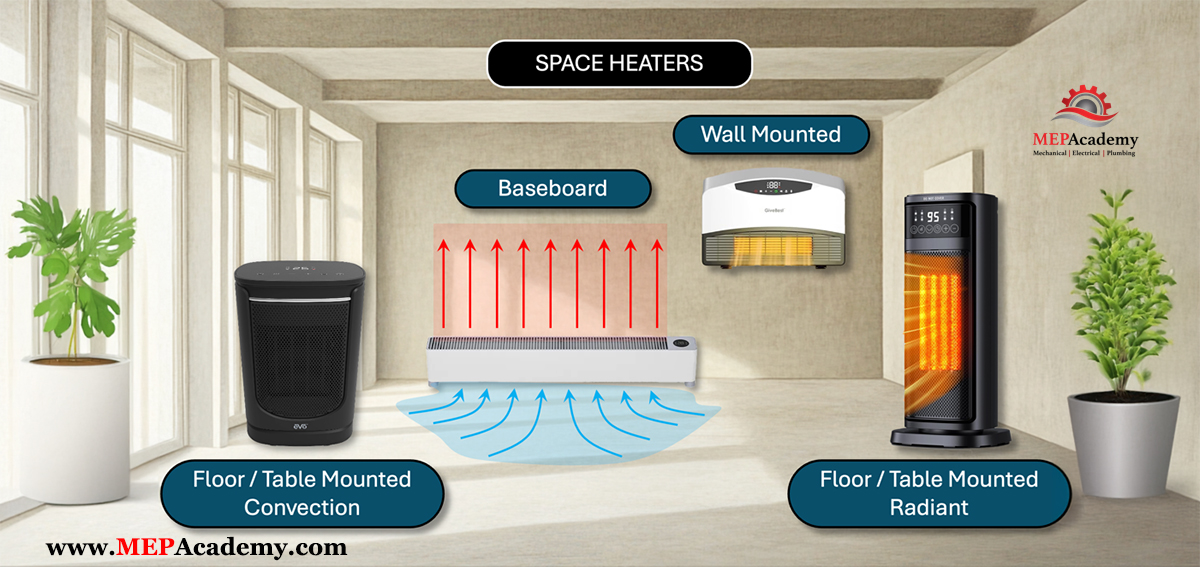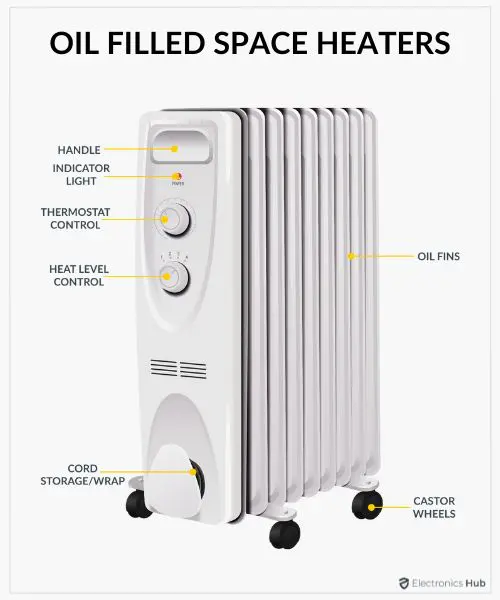Little Known Questions About 1 Source Portable Air.
Little Known Questions About 1 Source Portable Air.
Blog Article
The Single Strategy To Use For 1 Source Portable Air
Table of Contents7 Easy Facts About 1 Source Portable Air Explained1 Source Portable Air Can Be Fun For AnyoneNot known Incorrect Statements About 1 Source Portable Air An Unbiased View of 1 Source Portable Air1 Source Portable Air Can Be Fun For Anyone
Running costs are based on an electricity price of 40c/kWh. The expenses for 3 months' use in winter are based on 500 hours utilize, or around 6 hours daily for 3 months. Optimum warm result is based upon the optimum electrical power of the models we've evaluated (we concentrate on greater power level heating units).
This relies on what price you're taking a look at in advance purchase, or running cost? As normal, there are compromises with either selection. Typically, tiny follower heating systems are more economical to acquire, yet can have higher running costs. Oil column heaters will certainly be the cheapest on the market to run (on standard) but only by a narrow margin in advance of convection heaters (like panel and micathermic panels).
Some Known Details About 1 Source Portable Air
If you have a reversible ceiling fan, it'll aid distribute the warmth around the space more equally. The designs in our electric heating units test typically variety in price from well under $100 to over $900, however we have actually discovered a greater price doesn't constantly imply better efficiency. A variety of expensive heaters have actually fallen short to thrill our testers, while some less expensive versions make for surprisingly bargains.
As the name recommends, they emit warm from a red-hot burner (so the household will need to take turns being in front of it). There are flooring and wall-mounted versions available. Radiant heating units are reasonably inexpensive. They have a cosy radiance and individual warming impact, like being in front of a fire.
The reasonably revealed burner can be a fire and safety and security risk. For instance, an item of clothing dropped over it may fire up, or children messing around a flooring design might shed themselves, so beware. Glowing heating systems normally set you back in between $20 and $200. Oil-filled column heating units don't actually burn oil they use electrical energy to warm the oil that's secured inside their columns or 'fins'.
1 Source Portable Air Fundamentals Explained
Some column heaters aren't even oil-filled yet instead use various other material or home heating innovation to function the exact same way - 1 Source Portable Air. The danger of fire with an oil column heater is reduced compared to other heating system types, yet never absolutely no. Oil heating units do not have actually subjected elements like radiant heating systems do, and their surface temperature level Visit Website is less than lots of various other heater kinds (their large area offsets it)
Oil column heating systems won't blow up, and while they do not burn their oil to produce warmth, it's still flammable, so there is a fire danger if the oil leakages, if the heater topple and leaks, or if flammable things or fabric come right into call or fall on the heating unit. You need to exercise the same degree of care with oil heating systems as for other heating unit types, and never hang towels or garments over one to dry them utilize a drying out shelf rather, at the very least one metre away.
Column heaters are especially valuable in rooms where they'll be changed on for extended periods of time or where they'll run unattended, such as overnight in a bed room. The surfaces you're most likely to discuss a column heating system don't get as hot as other sorts of electric heating units. You can utilize a ceiling follower on very low speed to assist the column heater to distribute the warm much faster and more equally.
If there's not much air activity (for instance, if you're resting reading or viewing TV), the warmth might not be distributed uniformly. Oil-filled column heating units typically cost in between $50 and $450. Convection and panel like it heating units attract chilly air over an electric burner. The warmed up air then leaves the heater and climbs in the direction of the ceiling, while cooler air steps in to replace it.
All about 1 Source Portable Air

Convection and panel heating units are extra portable than their oil-filled column heating system counterparts since they're dramatically lighter. Like a column heating system, you can use a ceiling follower on really low rate to disperse the heat quicker and a lot more equally.

The Single Strategy To Use For 1 Source Portable Air
Follower heaters are typically smaller sized and a lot more portable than other electric heaters. They likewise can be found in the form of tower fan heaters, which can be much better for dispersing warm around bigger spaces as a result that site of their taller account. They can heat up the air in a space much more swiftly, equally and promptly than some various other heating unit types.
Fan heating units (ceramic or otherwise) typically cost between $60 and $900. Ceramic follower heating units aren't always any type of different in cost to non-ceramic models.
Report this page